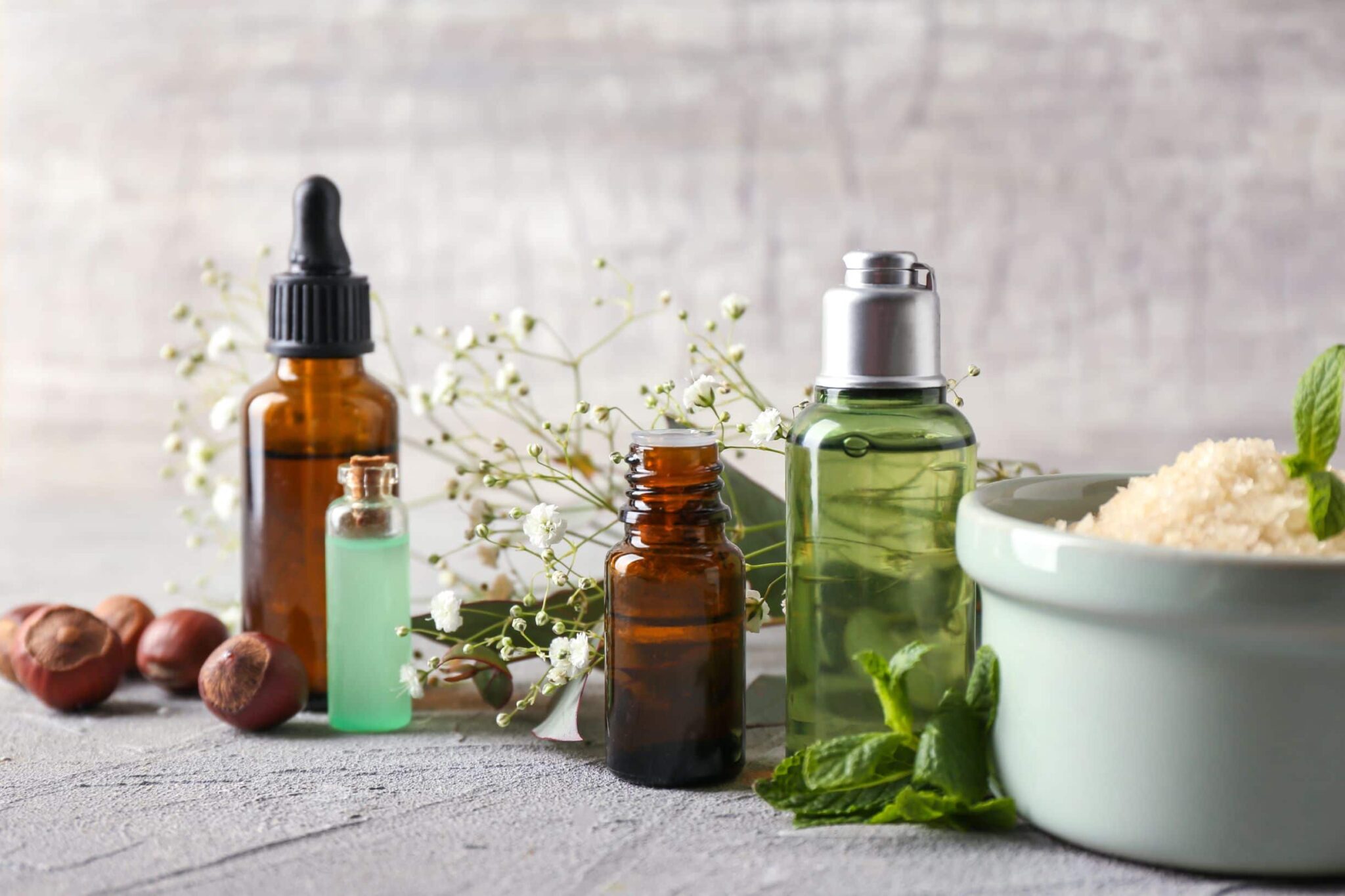Guidelines for Advertisements of Quasi-Drugs: Key Points to Consider

When it comes to advertising products categorized as quasi-drugs, such as “medicinal cosmetics,” there are specific guidelines that must be followed. These guidelines are established by the Ministry of Health, Labor, and Welfare in Japan. For each product falling within this category—sitting between medicinal products and cosmetics—approval from the Ministry is essential before manufacturing and sale can proceed.
After undergoing meticulous evaluation and securing official approval, businesses can move forward to the sales phase. During this stage, it’s common for them to place advertisements on websites and various platforms to broaden their customer reach.
To achieve this, advertisements and websites often employ various expressions to highlight approved active ingredients and their effects. This practice extends to crafting compelling descriptions, particularly on landing pages (LP) of e-commerce sites.
Most quasi-drugs typically contain specific active ingredients with pharmacological effects, straddling the realm between pharmaceuticals and cosmetics. To ensure consumer clarity, legal regulations are in place to define permissible advertising practices, preventing any potential misunderstandings.
In this article, we will delve into an in-depth explanation of the specific regulations governing the expression of advertisements.
Understanding Advertising Regulations under Japan’s Pharmaceuticals and Medical Devices Act
The term “Pharmaceuticals and Medical Devices Act” refers to the “Act on Securing Quality, Efficacy, and Safety of Pharmaceuticals, Medical Devices, Etc.” (Law No. 145 of 1960) in Japan.
Within the scope of this act, certain constraints are imposed on advertising. This is aimed at enabling consumers to make informed decisions, promoting the selection of safe products that contribute positively to their well-being.
(Misleading and Exaggerated Advertising) Article 66 of the Pharmaceuticals and Medical Devices Act
- No person shall advertise, describe, or circulate false or exaggerated articles related to the name, manufacturing method, efficacy, effects, or performance of pharmaceuticals, quasi-drugs, cosmetics, medical devices, or regenerative medicine products, whether explicitly or implicitly.
- Advertising, describing, or circulating articles that could be misconstrued as guaranteed by physicians or other individuals in relation to the efficacy, effects, or performance of pharmaceuticals, quasi-drugs, cosmetics, medical devices, or regenerative medicine products shall fall under the provisions of the preceding paragraph.
- No person shall use documents or illustrations implying abortion or explicit acts in relation to pharmaceuticals, quasi-drugs, cosmetics, medical devices, or regenerative medicine products.
Article 66 of the Pharmaceuticals and Medical Devices Act prohibits actions like “advertising, describing, or circulating false or exaggerated articles.” When it comes to placing advertisements for quasi-drugs, it’s essential to be mindful of these regulations.
“False or exaggerated articles” refer to advertising that employs expressions contradicting facts or utilizing exaggerated statements, potentially leading consumers to misconceptions. But what specific expressions fall under this category? This might seem abstract and unclear.
The Ministry of Health, Labor, and Welfare provides criteria for such judgments through the “Proper Advertisement Standards for Pharmaceuticals, etc.” (Notification from the Director of the Pharmaceutical and Food Safety Bureau, dated September 29, 2017). Moreover, the Ministry offers interpretations and important points for consideration in the application of these standards. In practice, these notifications serve as rules for crafting advertisements.
For instance, in the case of quasi-drugs, if a product has received approval based on an efficacy claim like “prevents ○○,” expressions like “works for ○○” or simply “for ○○” are not permitted. This underscores the specificity of these guidelines.
The Ministry of Health, Labor, and Welfare employs these standards to determine legal compliance. Violations can lead to guidance or even orders for payment of fines, making careful adherence crucial.
Definition of Quasi-Drugs
In the earlier criteria, different treatment is accorded to pharmaceuticals, quasi-drugs, and cosmetics. For instance, while cosmetics must not mention pharmacological effects, there are instances where quasi-drugs can do so. The term “formulated with herbal ingredients” might be permissible for quasi-drugs if it’s associated with approved efficacy. However, in the case of cosmetics, such expressions are generally not allowed.
So, what does the term “quasi-drugs” mean in the context of the Pharmaceuticals and Medical Devices Act? This is explicitly defined within the act.
Definition of Quasi-Drugs under Article 2, Paragraph 2 of the Pharmaceuticals and Medical Devices Act “Quasi-drugs” under this law refer to substances that have a mitigating effect on the human body, as listed below.
- Substances used for the purposes listed from A to C (excluding substances used for purposes stipulated in the preceding paragraph, items (2) or (3).), excluding machinery and equipment, etc. A. Prevention of nausea, discomfort, or unpleasant breath or body odor B. Prevention of prickly heat, skin irritation, and similar conditions C. Prevention of hair loss, hair growth, or hair removal
- Substances used to prevent rodents, flies, mosquitoes, and similar organisms for the purpose of human or animal health (excluding substances used for purposes stipulated in the preceding paragraph, items (2) or (3).), excluding machinery and equipment, etc.
- Substances designated by the Minister of Health, Labor, and Welfare among those used for purposes stipulated in the preceding paragraph, items (2) or (3), excluding substances listed under the preceding two items.
Although this article references “purposes stipulated in the preceding paragraph, items (2) or (3),” the preceding paragraph refers to Article 2, Paragraph 1 of the Pharmaceuticals and Medical Devices Act, which defines pharmaceuticals.
In essence, “quasi-drugs” encompass substances that yield therapeutic or improvement effects on the human body, albeit with milder effects than pharmaceuticals. Additionally, they include substances used for the prevention of pests for both human and animal well-being.
Quasi-drugs encompass a broad spectrum, including disinfectants, antidiarrheals, and vitamin preparations. A comprehensive list is provided on the Tokyo Metropolitan Institute of Public Health’s website. Please refer to it for more information.
Reference: Tokyo Metropolitan Institute of Public Health » Information on Quasi-Drug Labeling
Quasi-drugs require approval from the Minister of Health, Labor, and Welfare. Once approved, they can be marketed with displays of active ingredients and other relevant information.
Regulation of Advertisements for “Quasi-Drugs”
Definition of “Advertisement”
As cited earlier in Article 66, the Pharmaceuticals and Medical Devices Act prohibits activities like “advertising, describing, or circulating false or exaggerated articles.” Let’s delve deeper into the specifics of this.
The definition of “advertisement,” which also presents challenges in statutes like the Prize Labeling Act, is clarified in the “Notification to Directors of Prefectural Health Supervision Bureaus (Offices) from the Director of the Pharmaceuticals and Medical Devices Agency, Monitoring and Guidance Division, dated September 29, 1998.”
- The intention to attract customers (to enhance their purchase inclination) is clear.
- The specific name of a designated pharmaceutical product is clearly stated.
- The content is perceptible to the general public.
Meeting all these requirements, from 1 to 3, is indicative of an advertisement.
Article 2 (Targeted Advertisements) These standards apply to advertisements across all media, including newspapers, magazines, television, radio, websites, and social networking services.
In other words, this encompasses not only billboards, newspaper ads, TV commercials, and street posters, but also online advertisements. Whether it’s banner ads on websites or email newsletters, as long as they are positioned for public recognition, they fall under the criteria of 1 to 3.
Entities Subject to “Advertisement” Regulation
In Japan’s Pharmaceuticals and Medical Devices Act, Paragraphs 1 to 3 of Article 66 use the term “any person.” This encompasses manufacturers, retailers, media publishing advertisements, and others.
For instance, if Cosmetics Manufacturer A commissions TV Station B to air a commercial that falls under prohibited advertisements, both A and B would be subject to violations and penalties.
What Constitutes “Exaggeration”
The specifics of what constitutes a false or exaggerated article are outlined in the operational standards introduced earlier.
These standards concretize the intent of Article 66, Paragraph 1 of Japan’s Pharmaceuticals and Medical Devices Act. Article 66 aims to ensure that advertisements are truthful and not exaggerated, eliminate inappropriate advertisements, and promote fair advertising so that the general market and consumers do not form misconceptions about pharmaceuticals and the like.
In assessing whether an advertisement violates these standards, the explanatory note states that “the evaluation of whether a certain advertisement constitutes a violation should not be made solely formally based on the cases and text described in this explanatory note and points to note, but should be comprehensively judged by considering various elements.” This emphasizes an individualized approach rather than a uniform judgment.
Even for businesses, when creating advertisements, they should not only consider formal compliance with these standards but also carefully assess them in light of the objectives of the law.
Furthermore, for quasi-drugs and cosmetics, the Japan Cosmetic Industry Association has established a voluntary set of rules called the “Guidelines for Proper Advertising of Cosmetics and Related Products.” You might want to refer to these guidelines as well.
Summary: Detailed Explanations for Quasi-Drug Labeling and Advertising Ralating the Japanese Pharmaceuticals and Medical Devices Act
Quasi-drugs are positioned between pharmaceuticals and cosmetics, intended for daily use. However, due to their inclusion of medicinal components, they generally have more potent effects than cosmetics. Therefore, utmost caution is necessary when it comes to their labeling and advertising.
While the Ministry of Health, Labor, and Welfare provides detailed guidelines for advertising, making these determinations is not always straightforward.
When starting a business or selling products, seeking advice from legal professionals, such as attorneys specializing in the field of law, is the safest route if there are any uncertainties.
Category: General Corporate





















